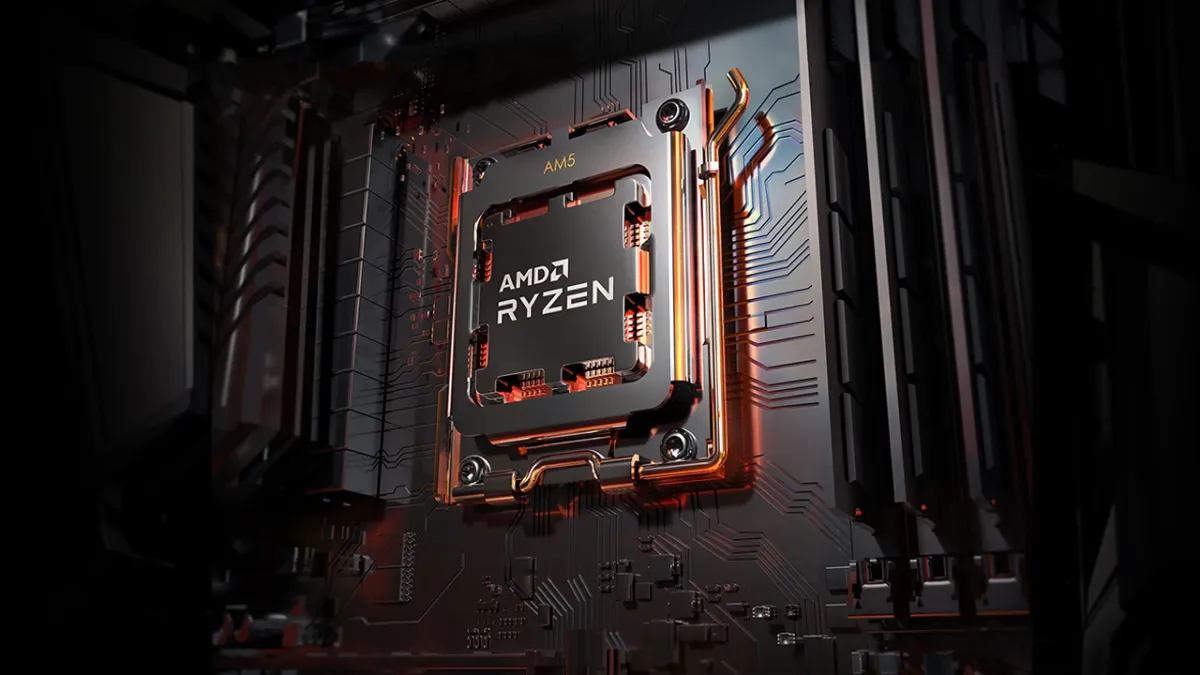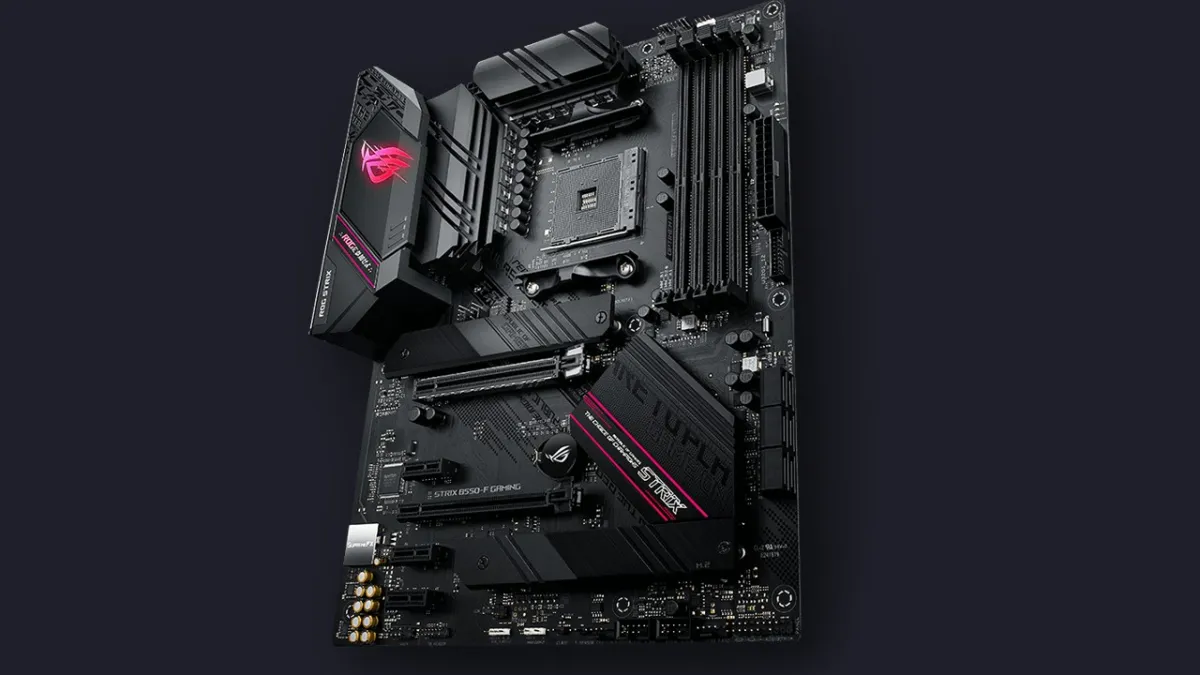Earlier this week at Computex 2022, AMD announced its new Ryzen 7000 CPUs, alongside its Socket AM5 motherboards. However, in all the excitement it looks like AMD incorrectly stated that Socket AM5 PPT limit of 170W. In actuality, these motherboards are able to supply up to 230W in power to the CPU.
AMD confirmed this updated information about its Socket AM5 motherboards in a statement issued to Tom’s Hardware earlier today. The company states that “This new TDP group will enable considerably more compute performance for high core count CPUs in heavy compute workloads, which will sit alongside the 65W and 105W TDP groups that Ryzen is known for today.”
A big power boost for AMD’s Socket AM5
AMD’s Socket AM5 motherboards have a big edge over the previous generation, AM4. A PPT of 230W is a large leap in power delivery. It also seems to suggest that high-end Ryzen 7000 processors will be much more power-hungry than 5000 Series counterparts. We can expect to see processors with 170W TDPs on the high-end, with lower-end models likely having 105W TDPs. Which is another large jump considering high-end Ryzen 5000 CPUs have TDPs of 105W and PPTs of 142W. To explain it in a simplified way, TDP in this case refers to the power consumption of the CPU at base frequency. The PPT refers to the maximum amount of power deliverable to the CPU when it’s running at a boosted frequency
This brings AMD’s AM5 Socket motherboards fairly close to Intel’s own in terms of power delivery. However, the figures aren’t one-to-one due to how Intel and AMD motherboards differ. Alder Lake CPUs like the Core i9-12900K support a PL1 TDP of 125W and a PL2 MTP of 241W. The bottom line here is that both Intel and AMD will have higher TDP requirements, meaning users will need to potentially upgrade their PSUs.
Higher performance CPUs generally need to draw more power, so seeing these values increase over time is nothing out of the ordinary. The power threshold on AM4 Socket motherboards held AMD back from creating better performing enthusiast grade CPUs. The 88W increase to the PPT present on AMD’s AM5 Socket motherboards will allow AMD to crank things up a notch for the Ryzen 7000 Series CPUs.





